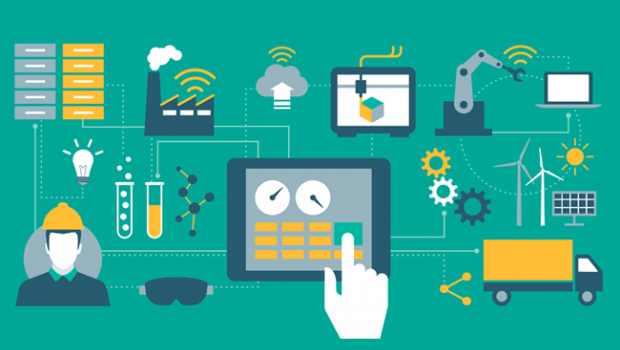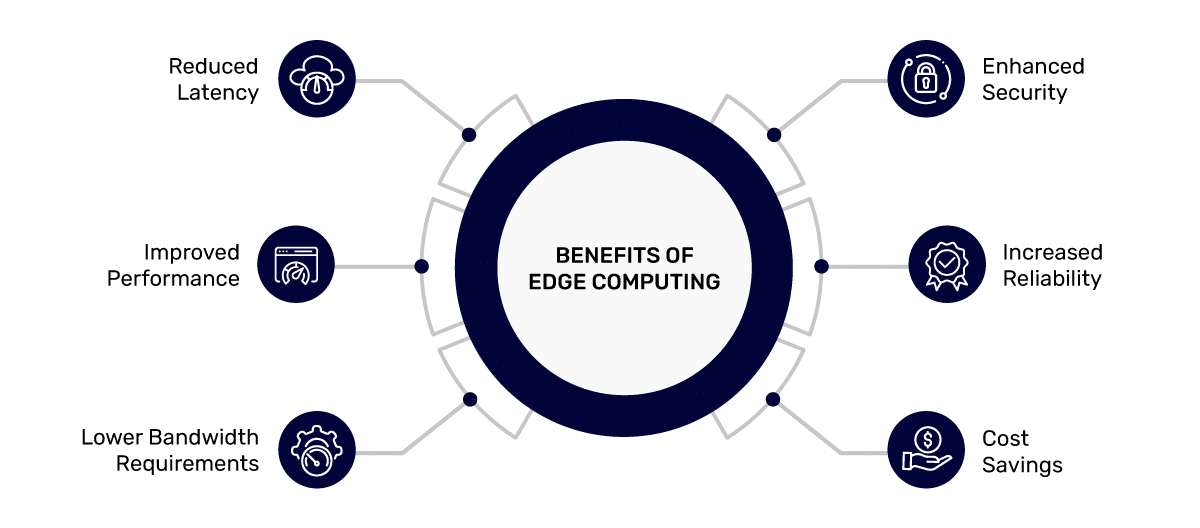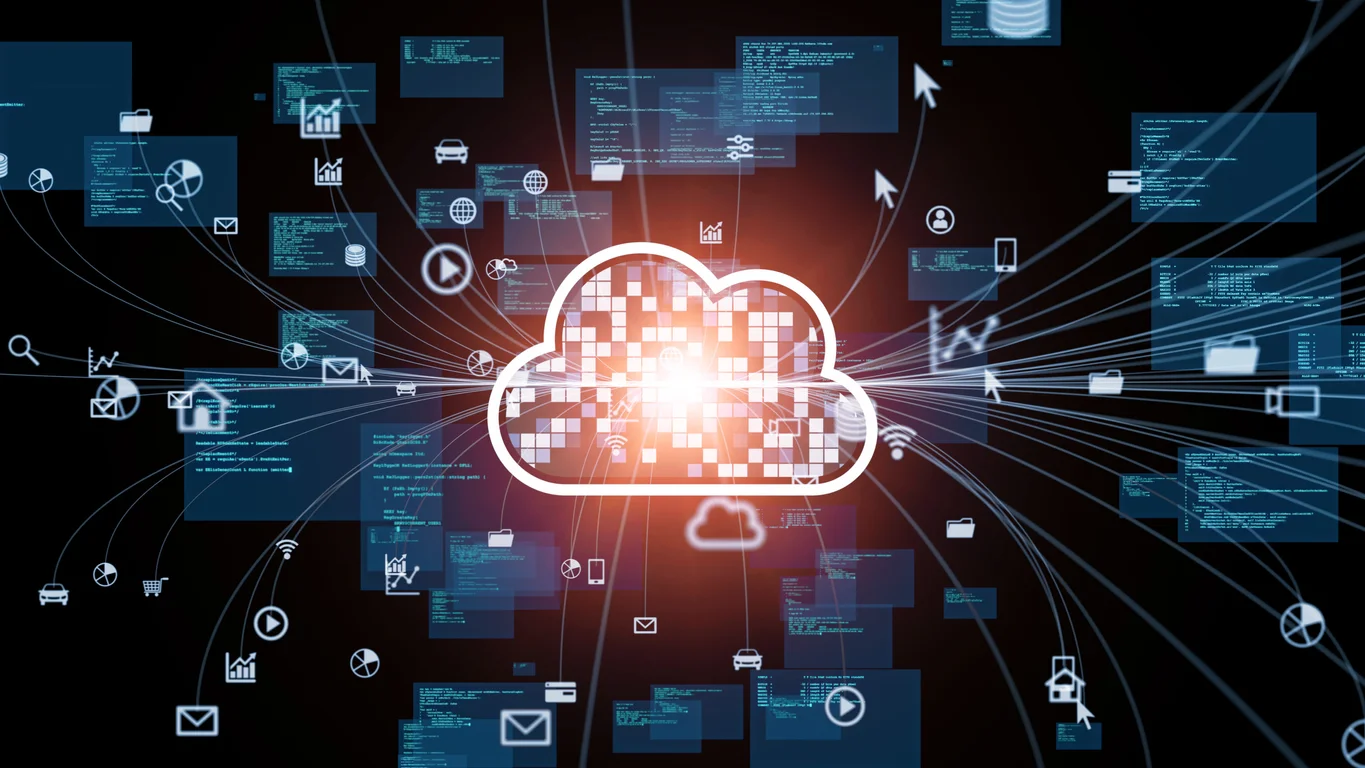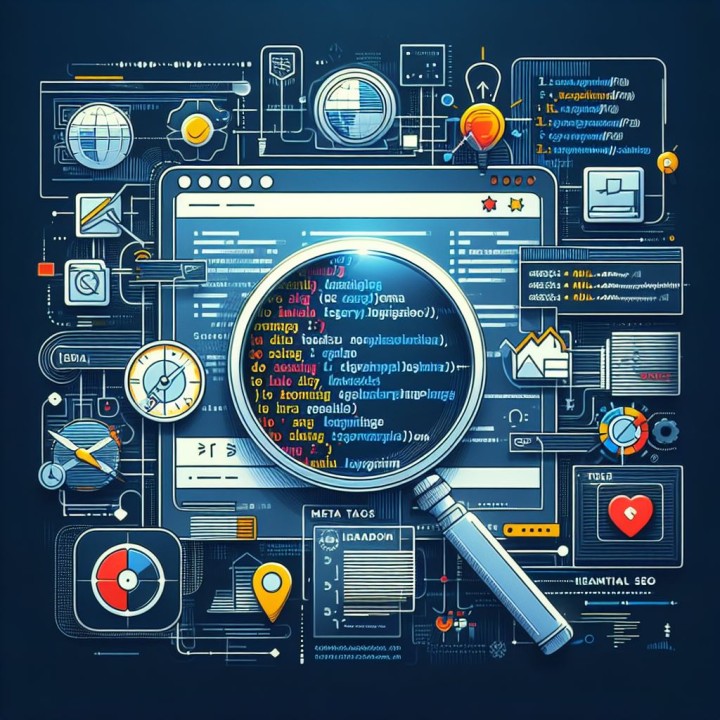Edge Computing and IoT
In the rapidly evolving landscape of technology, edge computing and the Internet of Things (IoT) are transforming the way data is processed and utilized. At SparkScribe Technologies, we are at the forefront of these innovations. In this blog post, we will explore the growth of edge computing and its benefits over cloud computing, innovations in IoT devices and their applications across various industries, and the security challenges and solutions for IoT ecosystems.

Growth of Edge Computing and Its Benefits Over Cloud Computing
Edge computing is gaining momentum as a powerful complement to traditional cloud computing. By processing data closer to where it is generated, edge computing offers several advantages.
1. Reduced Latency
One of the most significant benefits of edge computing is reduced latency. By processing data at the edge of the network, closer to the source, edge computing minimizes the time it takes for data to travel to and from centralized data centers. This is crucial for applications requiring real-time responses, such as autonomous vehicles and industrial automation.
2. Enhanced Bandwidth Efficiency
Edge computing helps optimize bandwidth usage by filtering and processing data locally, reducing the amount of data that needs to be transmitted to the cloud. This is especially beneficial in environments with limited or expensive bandwidth, such as remote locations or areas with poor connectivity.
3. Improved Reliability
By decentralizing data processing, edge computing enhances system reliability. In the event of a network failure or cloud outage, edge devices can continue to operate and process data locally, ensuring continuity of critical services.
4. Data Privacy and Security
Edge computing can improve data privacy and security by keeping sensitive information closer to its source and reducing the need for data transmission over potentially insecure networks. This is particularly important in industries like healthcare and finance, where data protection is paramount.
Innovations in IoT Devices and Their Applications in Various Industries
IoT devices are revolutionizing multiple industries by providing real-time data and enabling smarter decision-making. Let's explore some key innovations and their applications.
1. Smart Homes and Buildings
IoT devices are transforming residential and commercial buildings into smart environments. Smart thermostats, lighting systems, and security cameras enhance comfort, energy efficiency, and safety. Advanced building management systems use IoT sensors to monitor and control HVAC systems, lighting, and occupancy, optimizing energy usage and reducing costs.
2. Healthcare and Wearables
In healthcare, IoT devices such as wearables and remote monitoring systems are improving patient care. Wearable devices track vital signs and physical activity, providing valuable data for preventive care and chronic disease management. Remote monitoring devices enable continuous health tracking and early intervention for patients with conditions like diabetes and heart disease.
3. Industrial IoT (IIoT)
In manufacturing and industrial sectors, IoT devices are driving Industry 4.0 initiatives. Sensors and connected machinery enable predictive maintenance, reducing downtime and extending equipment life. IoT-enabled automation enhances operational efficiency, quality control, and safety in industrial processes.
4. Agriculture and Smart Farming
IoT devices are transforming agriculture through precision farming techniques. Soil sensors, weather stations, and GPS-enabled equipment provide real-time data on soil conditions, weather patterns, and crop health. This information allows farmers to optimize irrigation, fertilization, and pest control, improving yields and sustainability.
Security Challenges and Solutions for IoT Ecosystems
While IoT devices offer numerous benefits, they also introduce significant security challenges. Addressing these challenges is crucial to realizing the full potential of IoT.
1. Device Authentication and Authorization
Ensuring that only authorized devices can connect to the IoT network is critical. Implementing robust authentication and authorization mechanisms, such as multi-factor authentication and device certificates, can prevent unauthorized access and reduce the risk of attacks.
2. Data Encryption
Data transmitted between IoT devices and other network components must be encrypted to protect it from interception and tampering. Using strong encryption protocols for both data at rest and in transit is essential for safeguarding sensitive information.
3. Firmware and Software Updates
Regularly updating the firmware and software of IoT devices is crucial for maintaining security. These updates often contain patches for known vulnerabilities and improvements in security features. Implementing automated update mechanisms can help ensure that devices remain secure.
4. Network Segmentation
Segmenting the IoT network from other parts of the IT infrastructure can limit the potential impact of a security breach. By isolating IoT devices, network segmentation prevents attackers from gaining access to critical systems and data.
5. Security Monitoring and Incident Response
Implementing continuous security monitoring and establishing an incident response plan are vital for detecting and responding to security threats. Using advanced threat detection tools and maintaining an updated response strategy can help mitigate the impact of security incidents.
Conclusion
Edge computing and IoT are revolutionizing how data is processed and utilized across various industries. The growth of edge computing offers numerous benefits over traditional cloud computing, including reduced latency, enhanced bandwidth efficiency, improved reliability, and better data security. Innovations in IoT devices are driving advancements in smart homes, healthcare, industrial automation, and agriculture. However, addressing the security challenges in IoT ecosystems is crucial to fully realizing these technologies' potential. At SparkScribe Technologies, we are committed to pioneering these innovations and ensuring robust security measures for a smarter and more connected future. Stay tuned to our blog for more insights and updates on the latest developments in edge computing and IoT.












